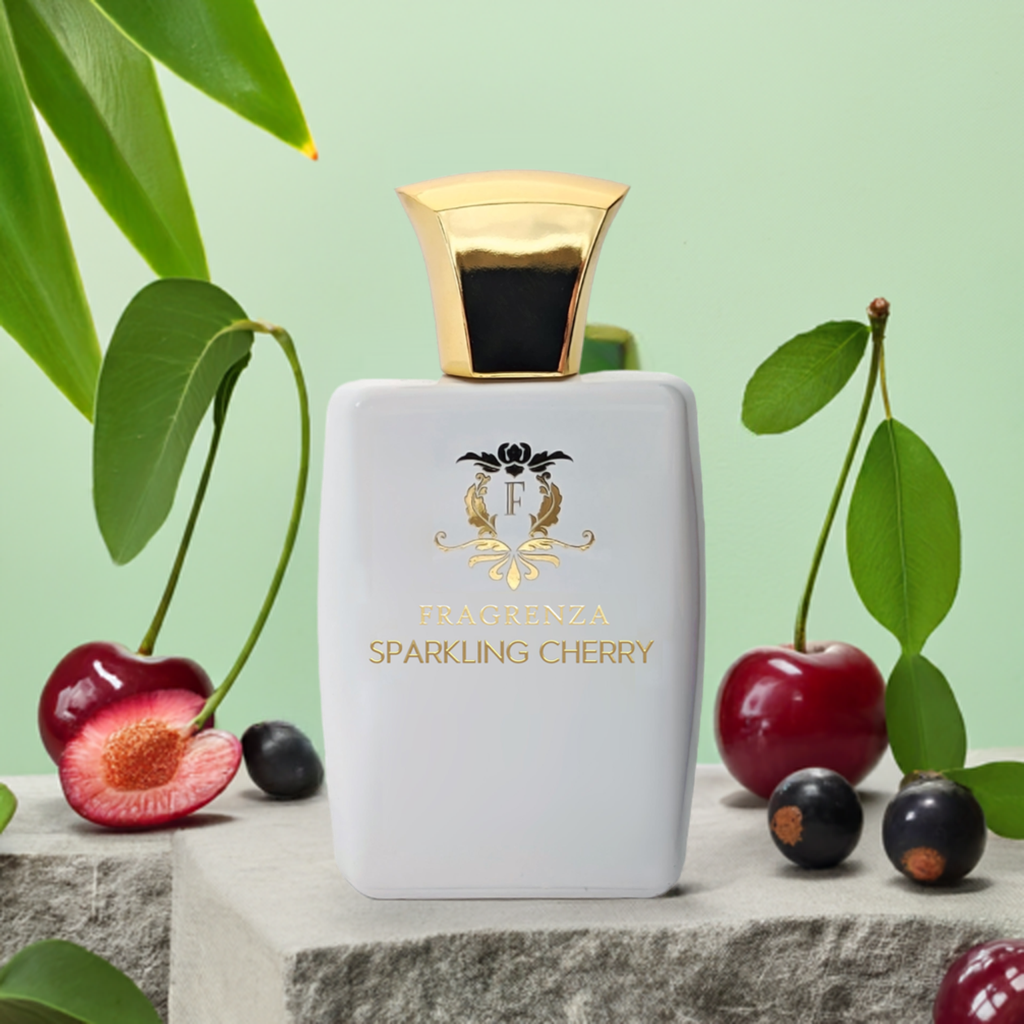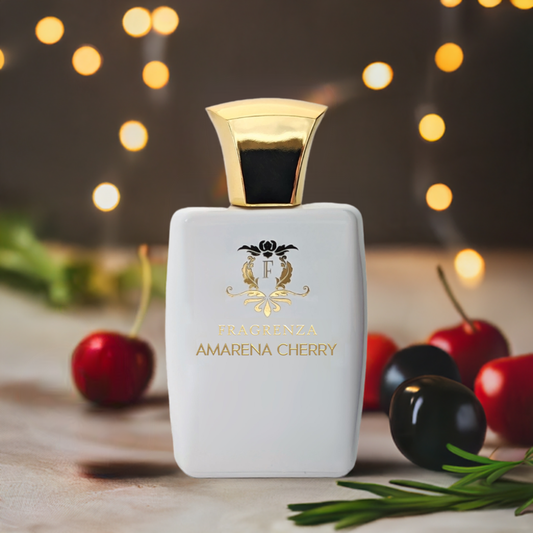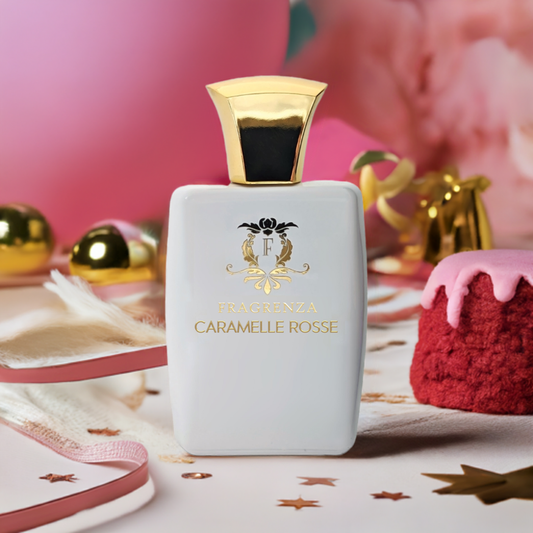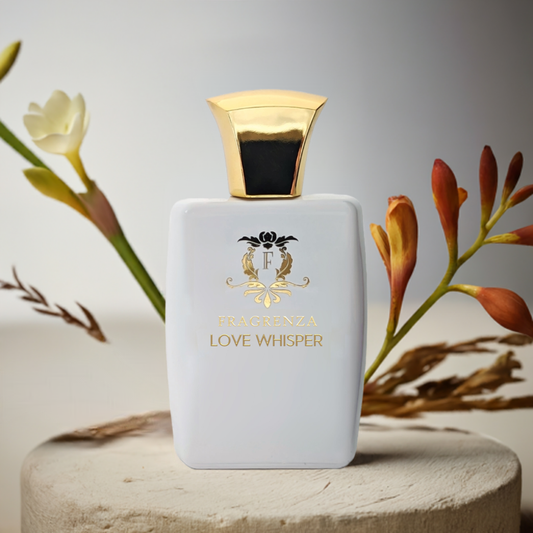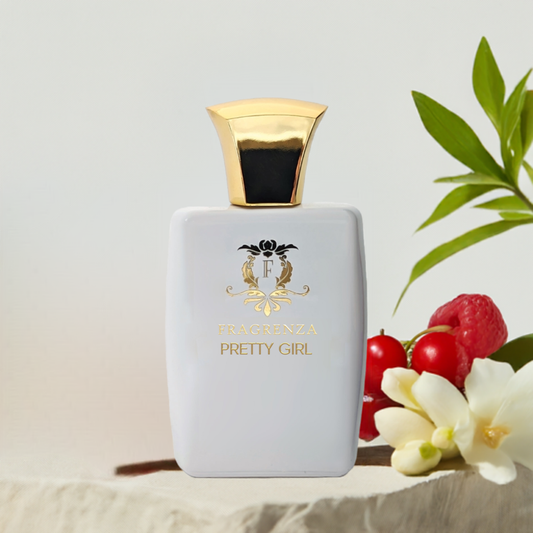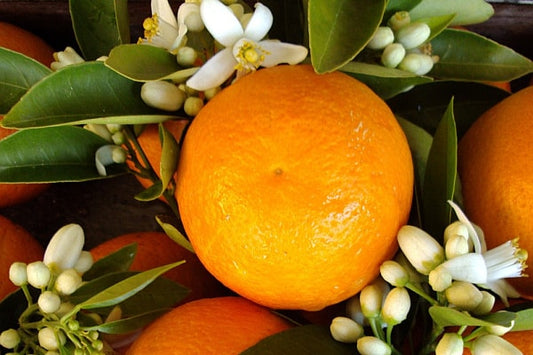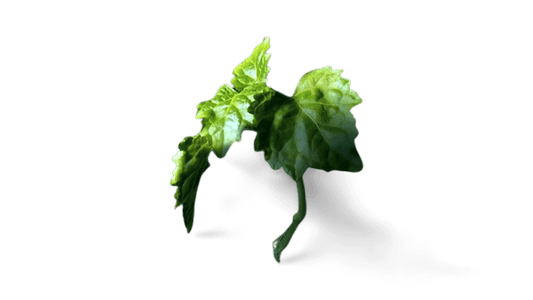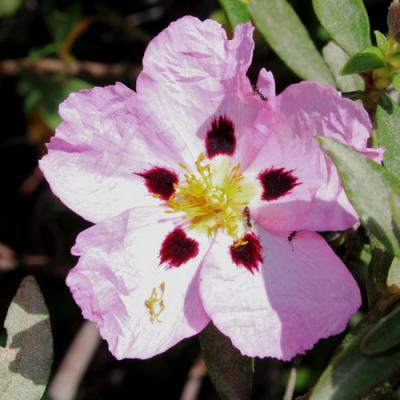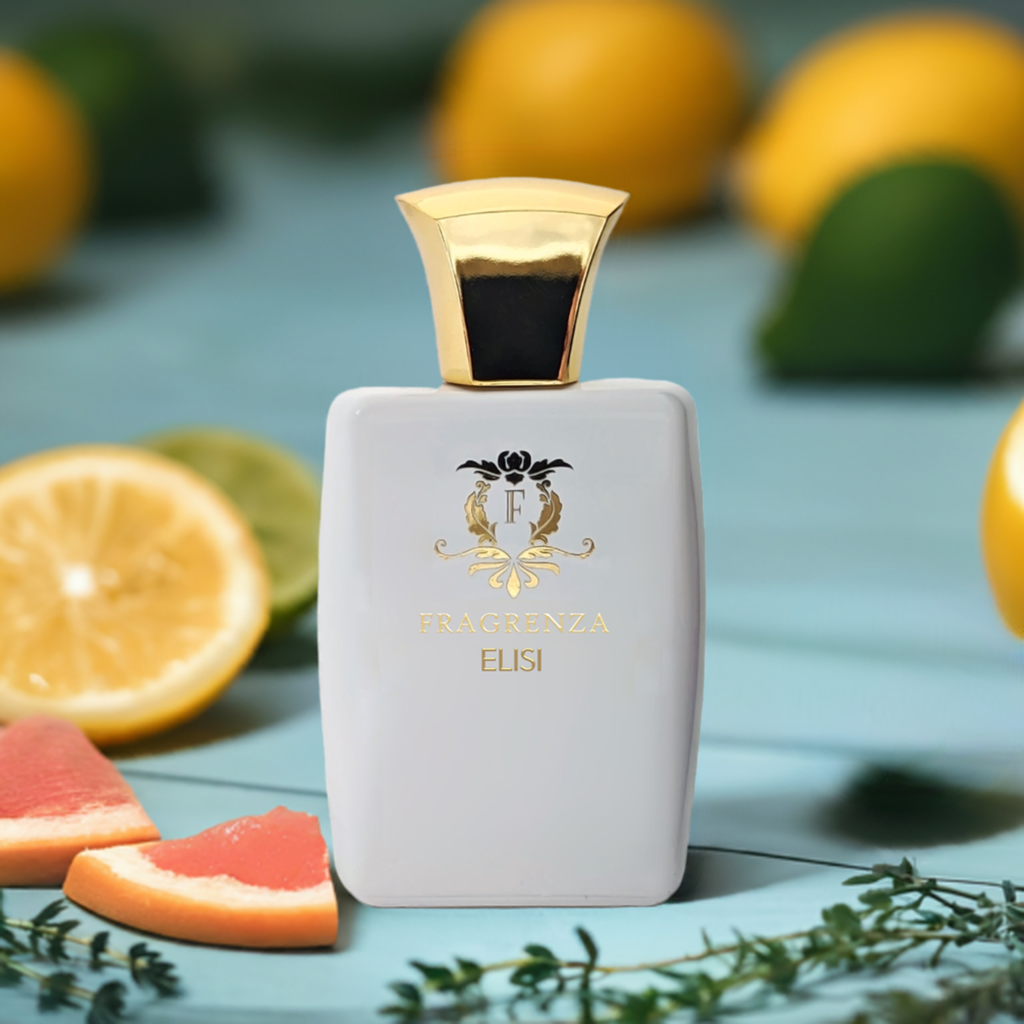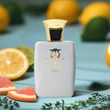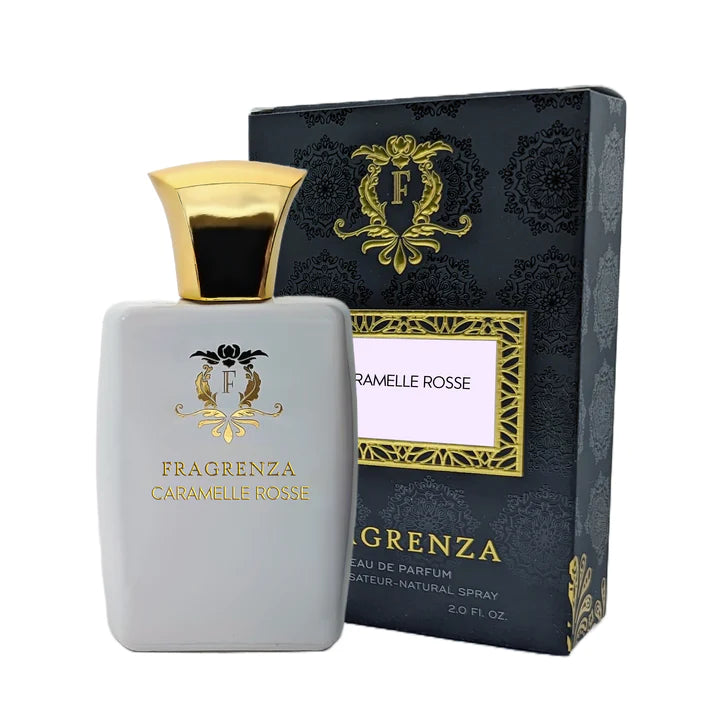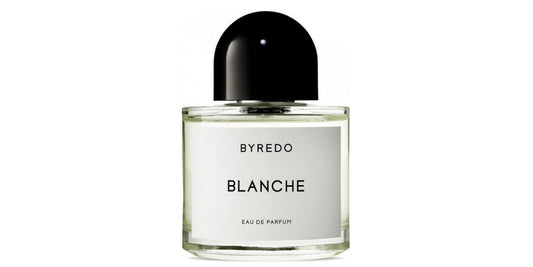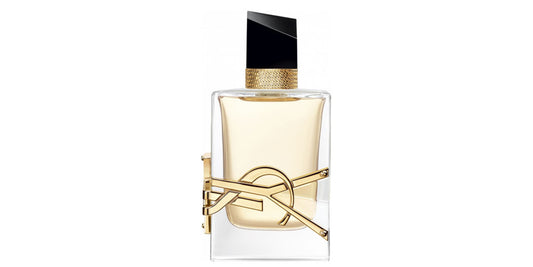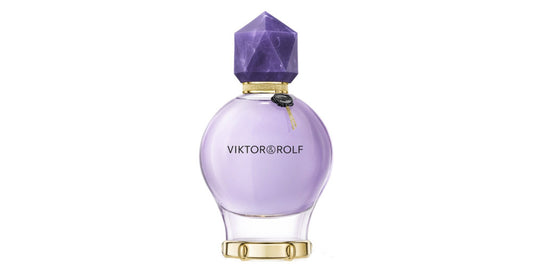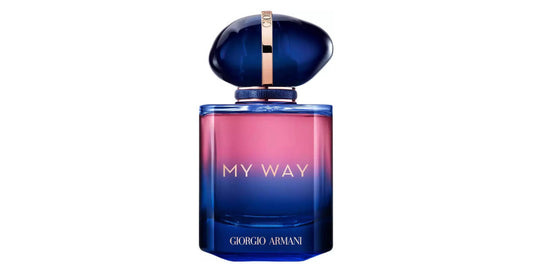Galbanum in perfumery
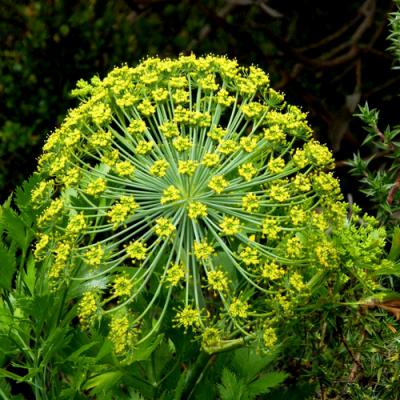
In This Article
Galbanum: A Fascinating and Aromatic Ingredient
Galbanum, also known as gummy ferrule, is a perennial herb that forms a large bush with long taproots measuring around 1 meter. It's adorned with hermaphroditic yellow flowers that emit an unpleasant smell, attracting flies for pollination. The galbanum thrives in desert and mountainous regions of the globe, particularly in Iran, where it has been used since ancient times. In Ancient Egypt, galbanum was already acknowledged for its antispasmodic, expectorant, stimulating, and carminative properties. Its essential oil is still employed in aromatherapy today, renowned for its toning and anti-fatigue action. It's frequently used in massage institutes to promote relaxation and support healthy breathing.
Fun Fact: Galbanum has been used throughout history for various purposes, including as an ingredient in the sacred incense used in ancient Jewish temples.
Extracting Galbanum's Aromatic Essence
When referring to galbanum-based perfumes, it's not the flowers that are used but rather two other parts of the plant. Galbanum roots produce a resin through a simple incision, releasing a milky white liquid with a powerful odor. Additionally, galbanum leaves emit a strong anise-like fragrance. Utilizing galbanum in perfumery demands precision, as its dosage must be accurate to avoid an unpleasant scent.
Fun Fact: The essential oil of galbanum is extracted from the plant's resin through steam distillation, preserving its unique and powerful aroma.
Galbanum is considered a benchmark scent in crafting a green note in perfumery. This powerful material brings freshness and vitality to the perfumes that incorporate it. It imparts a multifaceted trail, evoking a blend of spicy and green notes that conjure images of foliage or forests.
Galbanum in Modern Perfumery
Galbanum has experienced a resurgence in popularity in recent years, becoming a sought-after ingredient in both niche and mainstream fragrances. It imparts a distinctive green and earthy character, making it a versatile and intriguing addition to various scent compositions.
Fun Fact: Galbanum made a significant impact in the world of perfumery with the release of the iconic fragrance Chanel No. 19 in 1970, which prominently features this unique ingredient.
Pairing Galbanum with Other Notes
Galbanum's refreshing and invigorating scent pairs well with a range of other fragrance notes. It can be harmoniously combined with floral, citrus, and woody elements, lending an added dimension and depth to the overall composition. In perfumes, galbanum is often blended with notes like bergamot, lavender, rose, jasmine, and sandalwood, creating captivating and sophisticated scents.
Fun Fact: Galbanum's versatility has made it a popular choice for unisex fragrances, as its green and earthy aroma complements both masculine and feminine scent profiles.
Galbanum: A Timeless Aromatic Treasure
In conclusion, galbanum is a fascinating and aromatic ingredient with a rich history and a myriad of applications in modern perfumery. Its distinctive green and earthy scent adds freshness and vitality to various perfume compositions. This timeless aromatic treasure continues to captivate and inspire perfumers and fragrance enthusiasts alike.
